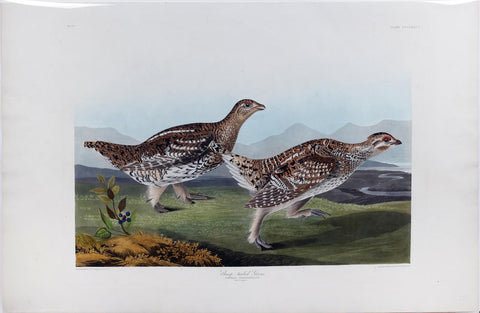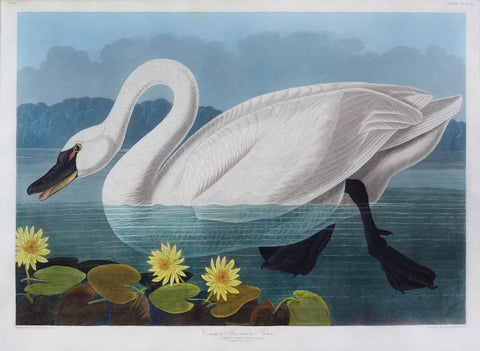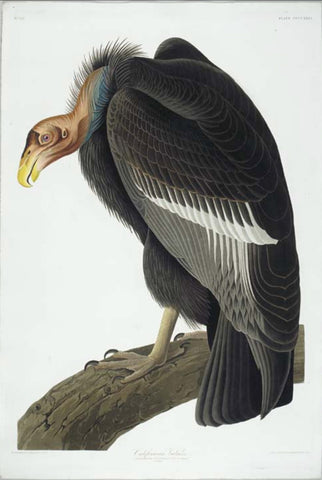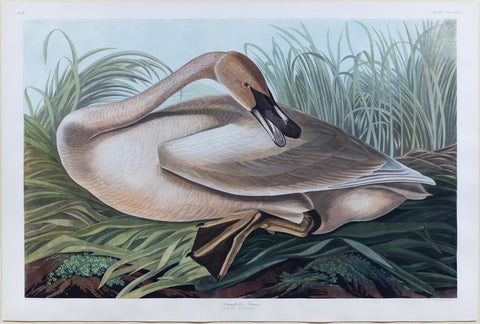
John James Audubon (1785-1851), Plate CCCLXXXII Sharp-tailed Grous
John James Audubon (1785-1851)
Plate CCCLXXXII Sharp-tailed Grous
from Birds of America
Aquatint engraving with original hand coloring
Engraved by Robert Havell (1793-1878)
Published: London, 1827-1838
Paper size: 25 x 38 1/4 in.
“It abounds on the outskirts of the Saskatchewan plains, and is found throughout the woody districts of the Fur Countries, haunting open glades or low thickets on the borders of lakes, particularly in the neighbourhood of the trading paths, where the forests have been partially cleared. In winter it perches generally on trees, in summer is much on the ground; in both seasons assembling in coveys of from ten to sixteen. Early in spring, a family of these birds select a level spot, whereon they meet every morning, and run round in a circle of fifteen or twenty feet in diameter, so that the grass is worn quite bare. When any one approaches the circle, the birds squat close to the ground, but in a short time stretch out their necks to survey the intruder; and, if they are not scared by a nearer advance, soon resume their circular course, some running to the right, others to the left, meeting and crossing each other. These ‘Partridge dances’ last for a month or more, or until the hens begin to hatch. When the Sharp-tailed Grouse are put up, they rise with the usual whirring noise, and alight again at the distance of a few hundred yards, either on the ground or on the upper branches of a tree. Before the cock quits his perch, he utters repeatedly the cry of cuck, cuck, cuck. In winter they roost in the snow like the Willow Grouse, and they can make their way through the loose wreaths with ease. They feed on the buds and sprouts of the Betula glandulosa, of various willows, and of the aspen and larch; and in autumn on berries.”- (Audubon’s Ornithological Biography, 1831).
We Also Recommend





